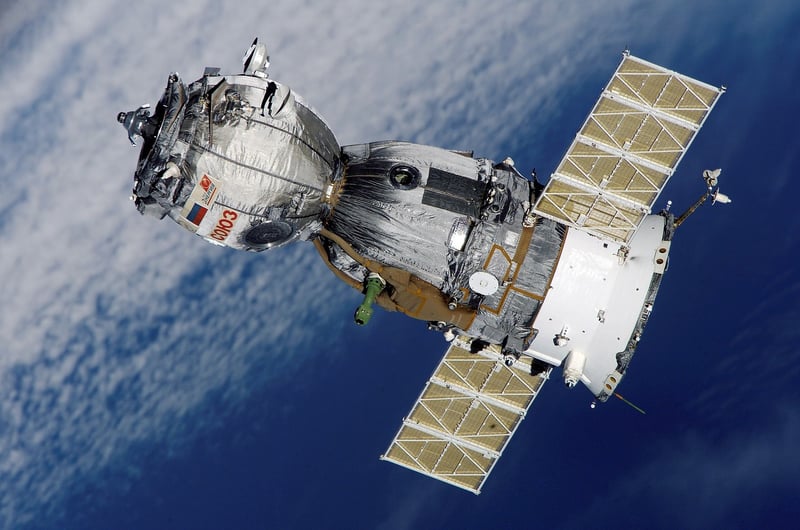Spacecraft Design
Innovations in Spacecraft Design
Space exploration has always been at the forefront of human innovation and discovery. Over the years, advancements in technology have paved the way for groundbreaking innovations in spacecraft design, allowing us to push the boundaries of what is possible in the vast expanse of space.
1. Additive Manufacturing
One of the most significant developments in spacecraft design is the use of additive manufacturing, also known as 3D printing. This technology has revolutionized the way components are built, allowing for complex geometries that were previously impossible with traditional manufacturing methods. 3D printing has enabled lighter and more efficient spacecraft designs, leading to cost savings and increased performance.
2. Ion Propulsion Systems
Ion propulsion systems represent a major leap forward in spacecraft propulsion technology. By using ionized particles to generate thrust, these systems can achieve higher speeds and require less fuel compared to traditional chemical rockets. Ion propulsion systems have been successfully used in various missions, such as NASA's Dawn spacecraft, showcasing their effectiveness in deep space exploration.
3. Reusable Spacecraft
Reusable spacecraft, like SpaceX's Falcon 9 rocket, have revolutionized the economics of space travel. By landing and refurbishing rockets for multiple flights, companies can significantly reduce the costs associated with launching payloads into space. This innovation has opened up new possibilities for commercial space exploration and has paved the way for a more sustainable approach to space travel.
4. Autonomous Systems
Advancements in artificial intelligence and autonomous systems have enabled spacecraft to perform complex tasks without direct human intervention. From autonomous docking maneuvers to onboard decision-making capabilities, these systems are revolutionizing the way spacecraft operate in space. Autonomous systems enhance efficiency, improve safety, and enable spacecraft to adapt to changing conditions in real-time.
5. Inflatable Habitats
Inflatable habitats offer a lightweight and compact solution for creating living and working spaces in space. These expandable structures can be easily transported and deployed, providing astronauts with more living space and reducing the overall mass of the spacecraft. Companies like Bigelow Aerospace have been at the forefront of developing inflatable habitats for future space missions.
Conclusion
The innovations in spacecraft design discussed above represent just a glimpse of the incredible progress being made in the field of space exploration. As technology continues to evolve, we can expect even more groundbreaking developments that will shape the future of space travel and discovery.
Image Source: Space Shuttle Discovery

